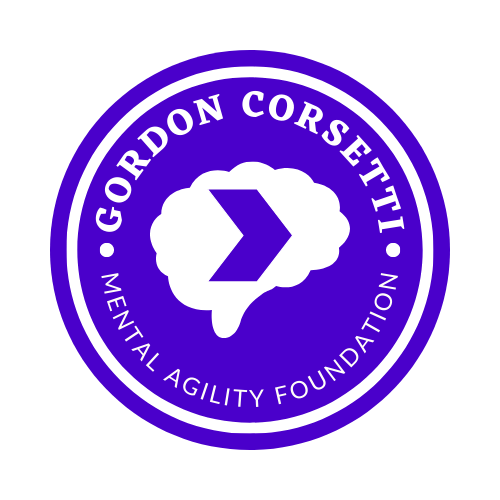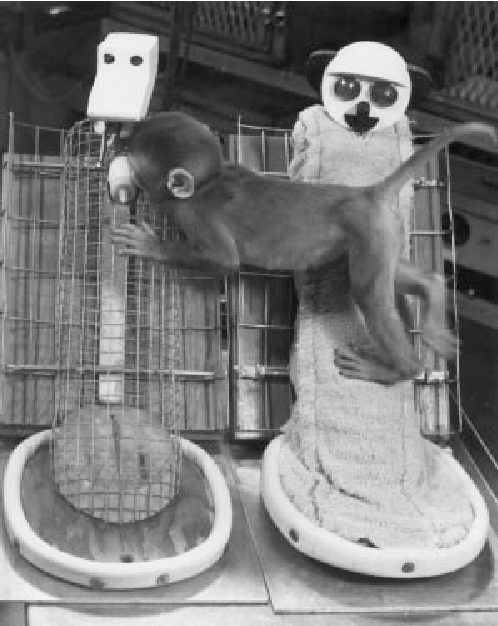The Stigma of Mental Illness - Part 3 of 3
/I attempted suicide to end my shame.
To paraphrase Thomas Joiner: a person’s risk of suicide increases with a corresponding increase in their belief that they are a burden to others and a decrease in their perceived belongingness to those they care about. If a person also gains confidence in their ability to inflict self-harm, then the risk of suicide becomes even greater.
Notice that “being sad” is not a variable in Joiner’s equation for suicide risk. That is because it IS NOT about being sad. We all get sad. We get the blues. We feel down. Then our friends take us out, or our mother calls and we feel a little better.
Imagine how awful you would feel if you grieved and you had no one to speak with. Even worse, you feel compelled to keep your feelings a secret because you do not want to burden other people with your problems.
When someone dies, every culture on Earth has their own process for grieving as an individual and as a community.
When someone gets physically sick, they are cared for by friends, family, and professionals if needed.
When someone is mentally ill, they are ostracized. They are whispered about. They are taken out of public view.
We are social creatures. Our roots are our family. Our friends the branches. Our work and interests the leaves in which we bloom to the world.
Imagine, feeling no pleasure in your work or your favorite hobby… the flowers wither and fall.
Imagine, being so compelled by distorted thinking that you cannot tell a soul… the branches become brittle.
Imagine, lying to your closest family members because you cannot bear causing them pain… the roots shrivel.
Eventually, you become a shell of your former self. Standing tall for the world to see, but your supporting structures are gone.
That was the mindset I lived with from 2011 through 2015. In that span I attempted suicide by hanging, by overdose, and by firearm. It is terribly lonely to exist in such a desolate space, and to know, to my core, that every breath I took hurt those I cared for.
I am painfully aware of how alien this mental space is to most people. Though I know the crags and valleys that exist in my mental wasteland, others are understandably reluctant to venture into such perilous terrain at a human-to-human level. This is why I turn to lessons about isolation we have learned from experiments on our primate relatives.
Sustenance < Warm Cuddles
We see the agony of isolation because of the work by psychologist Harry Harlow. His experiments are explored in-depth in the book Love at Goon Park: Harry Harlow and the Science of Affection. His most famous experiment was with infant rhesus monkeys confined to a cage with two fake mothers. One mother was made of wire mesh and had a bottle of milk. The other mother had no milk, but was covered in soft fur.
The prevailing idea of the time was that children only needed physical sustenance from their parents to develop into healthy adults. Communication, love, caring, even physical touch were all thought to be superfluous. Harlow’s experiments destroyed that idea because the young monkeys spent nearly all their time cuddling the soft mother with no milk, and briefly leaving the comforting mommy to climb on the wire mother to drink.
A lesser known experiment by Harlow was known by him as The Pit of Despair. This is a truly horrific experiment.
The visual equivalent of the effect of mental illness stigma.
He would take an infant from its mother at birth, and put it in an inverted triangular enclosure. The walls were sloped at an extreme angle so the monkey could never climb out. It grew up in an environment with no parenting or socialization. Only food and the slow, cold realization that it could never escape the hell of isolation.
A striking example of how a primate with no one to talk to, and no way to talk, cowers from everything.
After a time, the secluded monkey was placed in an enclosure with many monkeys.
They huddled in the corner, cried, and shook themselves. Unable to cope with the stress of living in a connected world.
Forced isolation created a primate that knew only fear. Even worse, the socialized “normal” monkeys picked on the fearful monkey, increasing its terror and further decreasing any likelihood that it could ever become a part of their troop.
This paints a bleak picture of how badly social primates are hurt when robbed of connection. I share these pictures because they are revolting. As the viewer, we feel such an outpouring of concern for such a sad and fearful creature.
We can feel this for a rhesus monkey in a cage, but we are blocked in connecting with a human being within the cage of an ill mind. Stigma prevents us, and it prevents those suffering from seeking treatment. Lest they become a burden to those they care about.
The postscript to Mr. Harlow’s investigations was a wave of regulation that put a stop to such devastating experiments on creatures that we knew could feel pain.
We are at the dawn of doing something similar in how society at large views mental illness and suicide. We will not be able to regulate or legislate our way out of this stigma. It will take consistent testimony from those who have been there, from those who have survived, and from those who have lost loved ones.
We can be the voice. We can reach out to those that feel no one will ever understand. We can make it so that our generation blots out the stain of this stigma from our social fabric.
I have added my voice. Will you join me?








